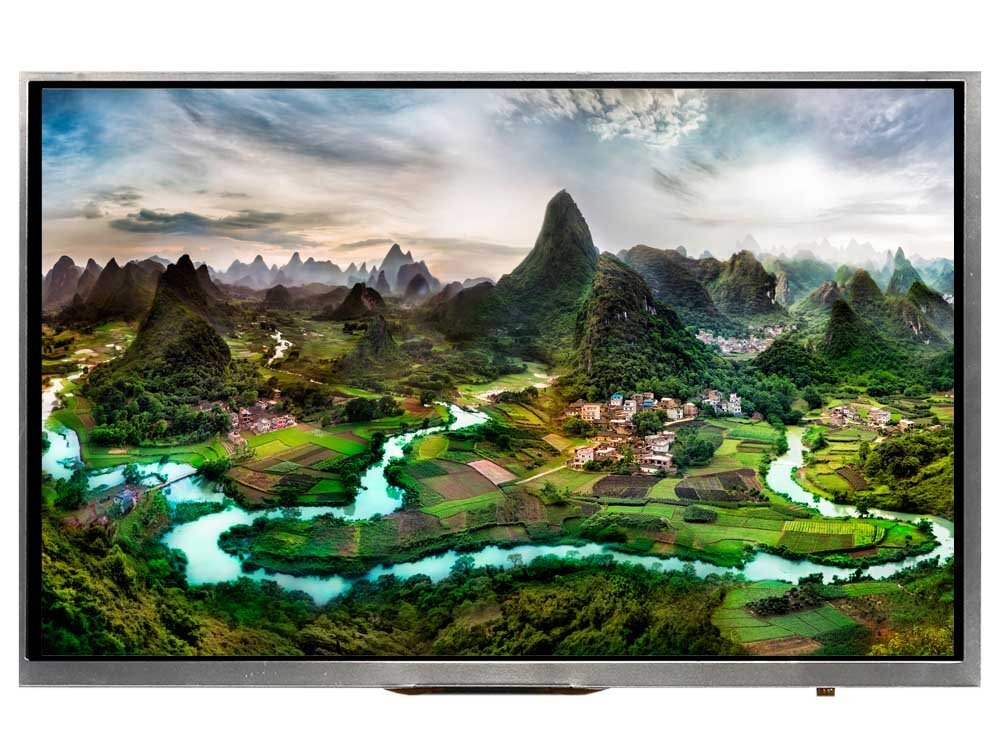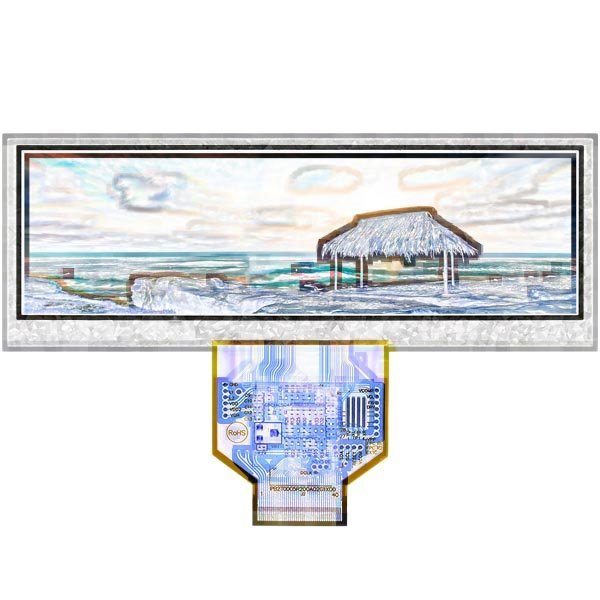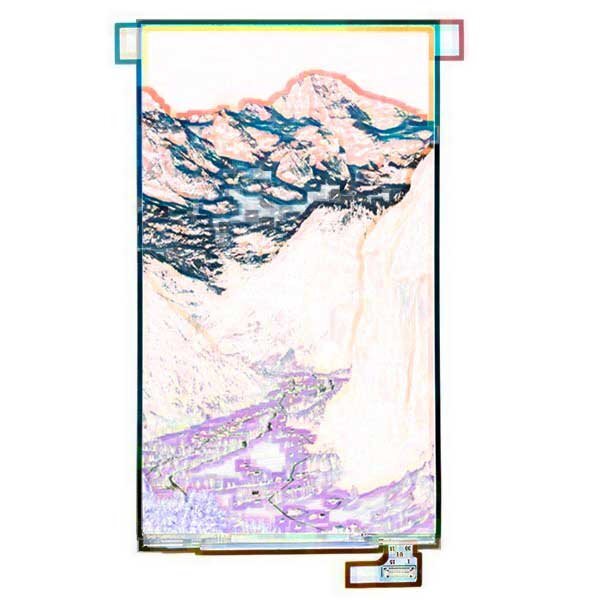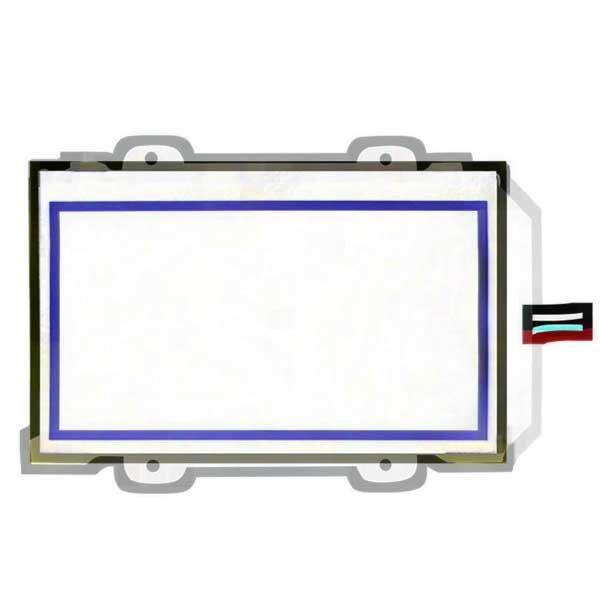As we know, the state of matter that people familiar with is gas, liquid, solid, ion and liquid crystal. Liquid crystal is the combination of molecules with special structure. It is liquid in a certain temperature range and crystal in a lower temperature. It not only has special physical property of flowing, but also has special photoelectric characteristic of crystallizing. The composition of liquid crystal is a kind of organic compound whose center is a carbon molecule. The liquid crystal which has two kinds of substances at the same time is the combination of the intermolecular force. It not only has special optical properties, but also is very sensitive to electromagnetic field, so it has very practical value and it is widely used in displaying field since the middle of 20th century.
The common applications of liquid crystal are display panels of digital watches and calculators. The working principle of liquid crystal is photoelectric effect that electrical signal is transforming into optical signal. It is transparent in normal conditions that the molecules of liquid crystal are orderly and systematic. You can see a picture in which liquid crystal molecules are stimulating by electricity, some of them become non-transparent while some darker and some lighter. People produce thermometers and poison gas alarms according to the discoloring characteristic of liquid crystal. For example: liquid crystal thermometers will turn red, green or blue with the change of temperature.
1. Visual Area
The marked size of liquid crystal display is the actual use scope of the screen. For example, a 15.1 -inch LCD display approximately equals to the visual scope of a 17-inch CRT screen.
2. Visual Angle
The visual angle of liquid crystal display is horizontally symmetrical, but it is not always vertically symmetrical. For example, when the lights from backlight go through polarizers, liquid crystal and orientation film, they have a character of a specific direction. It means that most of the light which is emitted from the screen have a vertical direction. If we watch a white screen from a very oblique angle, we may see black or color distortion. In general, the vertical visual angle is less than the horizontal visual angle. If the horizontal visual angle is 80 degrees, you can clearly see the screen images from a normal line position to an 80-degree position. However, since the range of human vision is different, if you are not at the range of the best visual angle, the color and brightness you see would get wrong. Now, in order to improve the visual angle of LCD, some manufacturers have developed a variety of wide visual angle technologies, such as: IPS ( In Plane Switching ), MVA ( Multidomain Vertical Alignment ), TN+FILM. These technologies can increase the LCD visual angle to 160 degrees and even more.
3. Pixel Pitch
We are often asked that how long the pixel pitch of liquid crystal display is. More than often, most of us don’t know the answer. Let us explain how to get the answer. For example: the visual area of a 14 inch LCD is 285.7mm*214.3mm, and its max resolution is 1024*768, so the pixel pitch is 285.7mm/1024=0.279mm(or 214.3mm/768=0.279mm)
4. Color Degree
Color degree is very important to LCD. As we know, any color in nature is composed of three basic colors: red, green, and blue. There are 1024*768 pixels in LCD images and every single pixel is controlled by the three basic colors. The basic color of LCD which usually has 64 degrees, so every single pixel has 64*64*64=262144 kinds of colors. Only some excellent manufacturers are using the so-called FRC(Frame Rate Control) technology which is exhibiting full-color images in a simulation way. And each basic color has 256*256*256=16777216 kinds of colors.
5. Contrast Ratio
The definition of contrast ratio is that the maximum luminance value (all white) divides by the minimum luminance value (all black). The contrast ratio is determined by LCD components like controlling IC, light filter, orientation film and so on. If the contrast ratio reaches 350:1, it will meet the needs of general users. Meanwhile, the contrast ratio of CRT display could easily reach 500:1, and even more. But only high-class LCD’s contrast ratio could reach that kind of level and meet the needs of professional users. Since the contrast ratio is very difficult to measure accurately by instruments, we have to see it by ourselves if we want to buy one.
6. Brightness Value
Liquid crystal which is a substance state between solid state and liquid state could give no light of its own. The illumination of liquid crystal relies on the outside light source. The maximum brightness of liquid crystal display is determined by the backlight. The brightness value is usually between 200 cd/m2 and 250 cd/m2. Although the brightness value could be enhanced by the technology, it does not mean that the brighter the better, because the high brightness may hurt the eyes of viewers.
7. Response Time
The definition of response time is that the reaction time of liquid crystal for the input signal. We could simply consider that the response time is the light swift response time that the liquid crystal display turns from dark to light or from light to dark. It is usually measured in milliseconds. And the response time is the shorter the better. If the response time is too long, you will see shadow tails dragging around when LCD is playing dynamic images. Usually, the response time of LCD is between 2ms-5ms. There is a “persistence of vision” phenomenon in our eyes and high-speed motion pictures will form a brief impression in our brain. For example: Cartoons and movies let a series of gradual changing images flash in front of our eyes that form dynamic images. If the playing speed of images is less than 24 frames per second, you will obviously feel the pictures pausing and discomfort. It means that the showtime of each image is less than 40ms. Thus, if you want to see a picture with no flashing, the playing speed is better to reach 60 frames per second.
A simple formula calculates the relation with the response time and the number of frames per second.
The response time 30ms=1/0.030=about 33 frames per second
The response time 25ms=1/0.025= 40 frames per second
The response time 16ms=1/0.016=about 63 frames per second
The response time 12ms=1/0.012=about 83 frames per second
The response time 8ms=1/0.008=125 frames per second
The response time 4ms=1/0.004=250 frames per second
The response time 3ms=1/0.003=about 333 frames per second
The response time 2ms=1/0.002=500 frames per second
The response time 1ms=1/0.001=1000 frames per second






